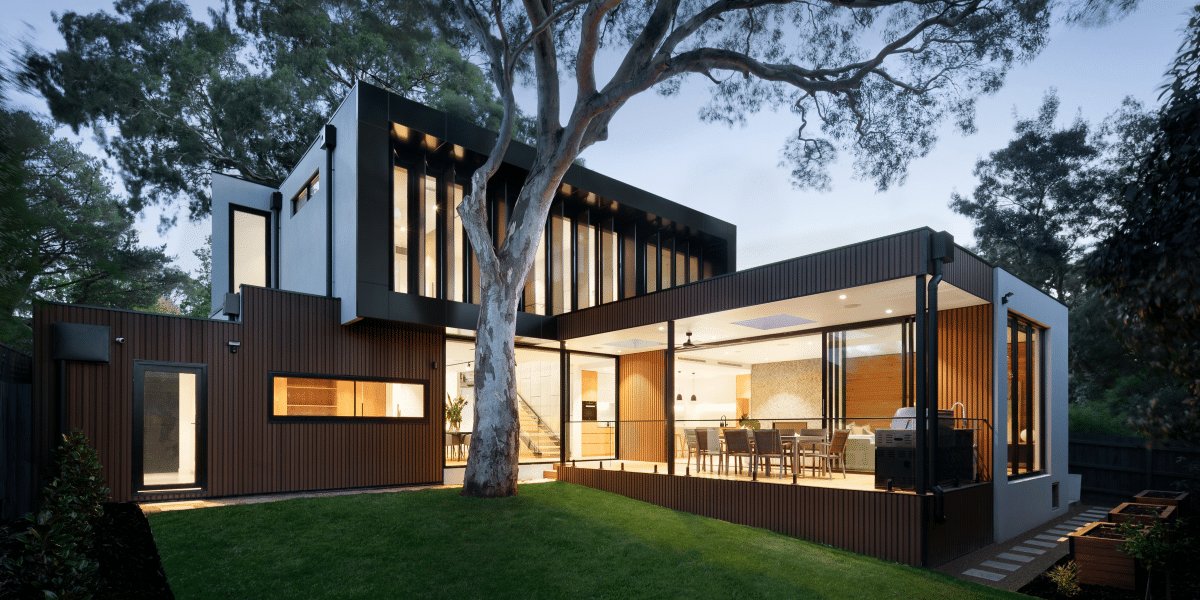Sustainable architecture represents a critical juncture in construction practices, where the focus pivots to environmentally friendly designs. This shift is driven by a global recognition of the need to preserve resources and mitigate the impact on the natural world. Architectural innovations and technologies now aim to reduce carbon footprints, enhance energy efficiency, and create healthier living conditions. As a result, sustainable architecture not only addresses immediate environmental concerns but also sets a foundation for long-term initiatives, as discussed by Androsky Lugo.
Essentials of Sustainable Architecture
Sustainable Architecture is a pivotal aspect of modern building design, prioritizing environmental conservation, efficiency, and available resources. This approach supports the health of the planet and offers economic benefits and enhances the quality of life for its occupants. At the heart of sustainable architecture lie several principles ensuring buildings are designed harmoniously with their natural surroundings.
Energy efficiency is at the forefront, involving the strategic use of energy to heat, and light buildings with minimal waste. Architects also emphasize the choice of materials—opting for those that are renewable or have low environmental impact—and focus on water conservation methods to reduce the overall ecological footprint. As the world grapples with climate change and resource scarcity, the significance of these principles becomes more apparent.
Technological Advancements Affecting Designs
In recent years, the field of architecture has been revolutionized by technological advancements that enhance sustainable designs. New software tools and digital modeling techniques allow architects to simulate energy efficiency and optimize material usage before the construction begins. These technological innovations not only streamline the design process but also improve the accuracy of sustainability assessments, enabling more informed decisions that align with environmental goals.
The construction industry has also seen significant changes with the adoption of advanced building techniques such as modular construction and 3D printing. These methods promote the use of sustainable materials and reduce construction waste, further minimizing the environmental impact of building projects. Innovative technologies integrated into buildings monitor and control energy consumption, water usage, and even air quality, contributing to the overall sustainability of the architecture while enhancing occupant comfort and reducing operational costs.
Showcases of Modern Sustainable Projects
Various modern projects incorporating eco-friendly design principles vividly illustrate the shift towards sustainable architecture. A notable residential project utilized passive solar designs and green roofing systems to minimize its energy footprint, seamlessly blending functionality with environmental stewardship. Similarly, a commercial building in a bustling metropolitan area implemented rainwater harvesting and energy-efficient lighting systems to set a benchmark for sustainable commercial architecture.
These projects not only demonstrate the successful application of sustainable design principles but also inspire communities and developers to adopt similar practices. By addressing both environmental challenges and occupant needs, these buildings act as a testament to the possibilities of sustainable architecture, paving the way for a greener, more sustainable future in the construction industry.
Emerging Trends and Innovations in Sustainable Architecture
Emerging trends and cutting-edge innovations constantly reshape the landscape of sustainable architecture. Among these, the development of biodegradable materials and the integration of living green walls stand out. These trends not only enhance the aesthetic value of buildings but also improve their ecological performance, creating a symbiotic relationship between nature and the structure. As awareness of environmental issues grows, architects and developers are pushed to adopt these innovative solutions.
The Future of Sustainable Designs
Looking ahead, the future of sustainable architecture seems robust and full of potential. With global awareness on the rise, the demand for green buildings is expected to escalate, driven by both regulatory frameworks and a societal push towards sustainability. This shift is anticipated to bring about significant changes in how buildings are designed, constructed, and operated, with a strong emphasis on reducing carbon footprints and enhancing energy efficiency. The role of policymakers will be crucial in shaping these developments as they set the guidelines and incentives that encourage sustainable practices across the industry.
Recap of Sustainable Architecture
From its early integration into modern design philosophies to its current status as a mainstream imperative, sustainable architecture has made profound strides. This progression highlights the adaptability and innovation within the field and the importance of sustainable practices in meeting today’s environmental challenges. As this evolution continues, the commitment to eco-friendly design principles is expected to expand, further anchoring sustainability as a crucial aspect of modern architecture.
Published by: Khy Talara

















